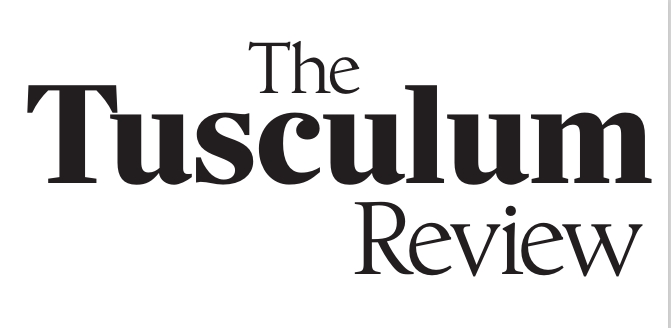Artist’s Statement
As a poet I have developed an increasing interest in animism, in imbuing the physical world with human traits, with human consciousness . . . and vice versa. In 1757 David Hume wrote in A Natural History of Religion: “There is an universal tendency among mankind to conceive all beings like themselves, and to transfer to every object those qualities with which they are familiarly acquainted, and of which they are intimately conscious. We find human faces in the moon, armies in the clouds . . . hence the frequency and beauty of the prosopopoeia in poetry, where trees, mountains, and streams are personified.”
The characters (speakers) in my poems often view the surrounding natural landscapes of their lives as alive with portentous meaning. What’s more, often these poems exist half in the real world and half in the dream world, which is meant to emphasize the slipperiness we often feel between the corporeal and incorporeal worlds, which is the source both of our fears and our longings.
Another type of poem I find appealing and attempt to write is the playful or ironic poem. Soren Kierkegaard wrote that “irony is a disciplinarian feared only by those who do not know it,” and that the “cleaning baptism of irony . . . redeems the soul from having its life in finitude though living boldly and energetically in finitude.” The poems I enjoy often have a playful obsessiveness. One common theme is impersonations, or ironic juxtapositions. Irony, I think, helps us as readers descend into the mysterious realm.
In Sonnets to Orpheus, Rilke writes:
Nicht sind die Leiden erkannt,
nicht is die Liebe gelernt,
und was im Tod uns entfernt,
ist nicht entschleiert.
Einzig das Lied überm Land
heiligt und feiert.
Pain, we don’t understand,
love, don’t appreciate,
and what Death has veiled,
is never revealed.
Only songs o’er the land
rejoice and consecrate.
